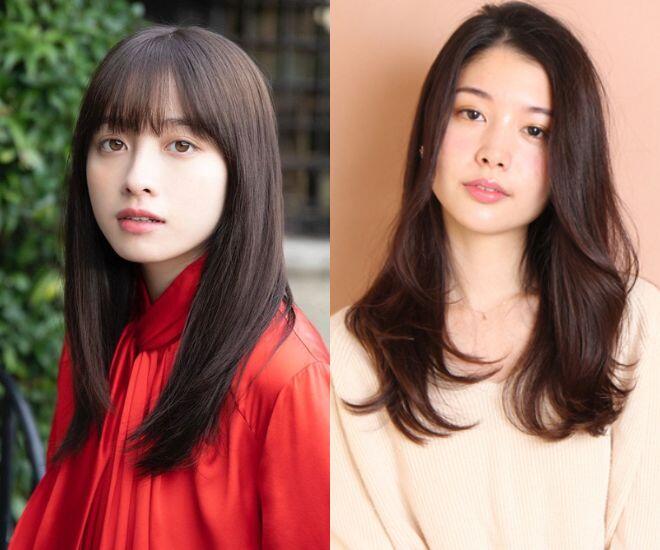
Japanese women prioritize hair care and have a unique hair washing technique to prevent greasy hair, ensuring a well-groomed appearance.
For those aspiring for healthy and lush hair, the following Japanese hair washing tips will help you achieve your desired hair goals, just like many Japanese women.
Thoroughly wet your hair with clean water before shampooing
Many people tend to skip this step and only briefly wet their hair before applying shampoo. However, the Japanese method emphasizes spending at least 60 seconds thoroughly wetting your hair and scalp with clean water, coupled with a gentle massage using your fingertips.
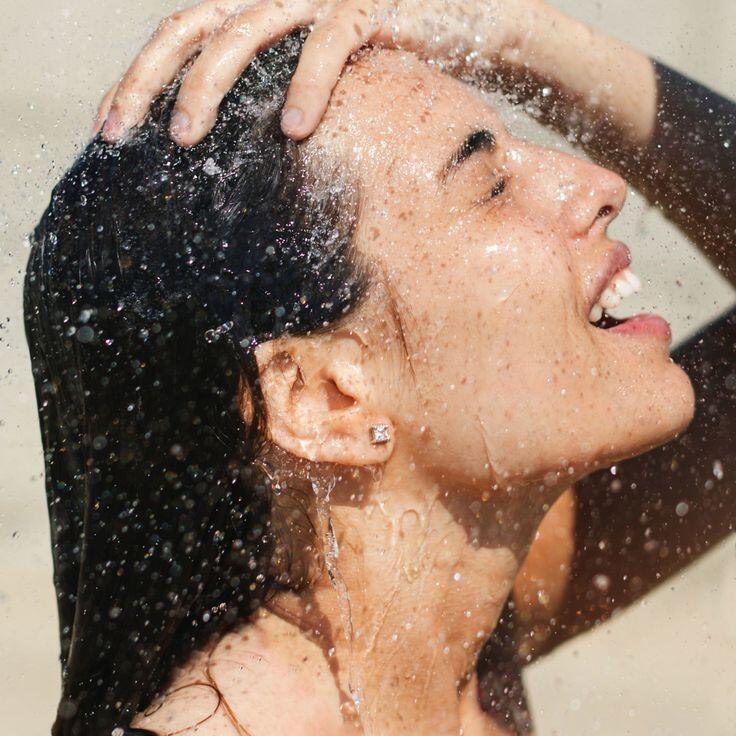
Taking the time to properly wet your hair before shampooing is a crucial step often overlooked.
This step helps remove dirt, excess oil, and dead skin cells from the scalp before applying any cleansing products. Additionally, it stimulates blood circulation in the scalp, enhancing the effectiveness of subsequent cleansing and nourishing steps.
Lather the shampoo before applying it to your hair
A common mistake is pouring shampoo directly onto the hair and scalp. This can lead to uneven distribution and chemical residue, causing itching, hair loss, or dandruff. Japanese women often avoid this by lathering the shampoo in their hands or using a foam-generating net before applying it to their hair.
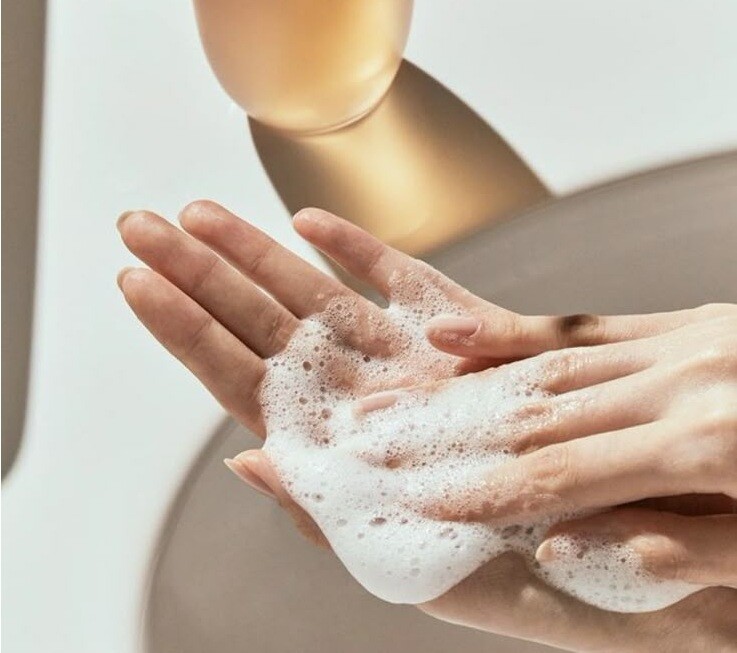
The Japanese prefer to create a rich lather with shampoo before applying it to the hair.
By creating a rich lather first, you ensure even distribution and gentle cleansing. The fine foam effectively removes dirt and oil, reducing friction on the hair strands and facilitating a thorough rinse afterward.
Avoid using your nails; only massage with your fingertips
Some people believe that scrubbing the scalp vigorously is necessary for clean hair. On the contrary, this can scratch and damage the scalp. Japanese women gently massage their scalp in circular motions using just their fingertips. If you have long nails, you can also use a scalp massage brush or a shampoo brush for convenience and to avoid any potential damage.
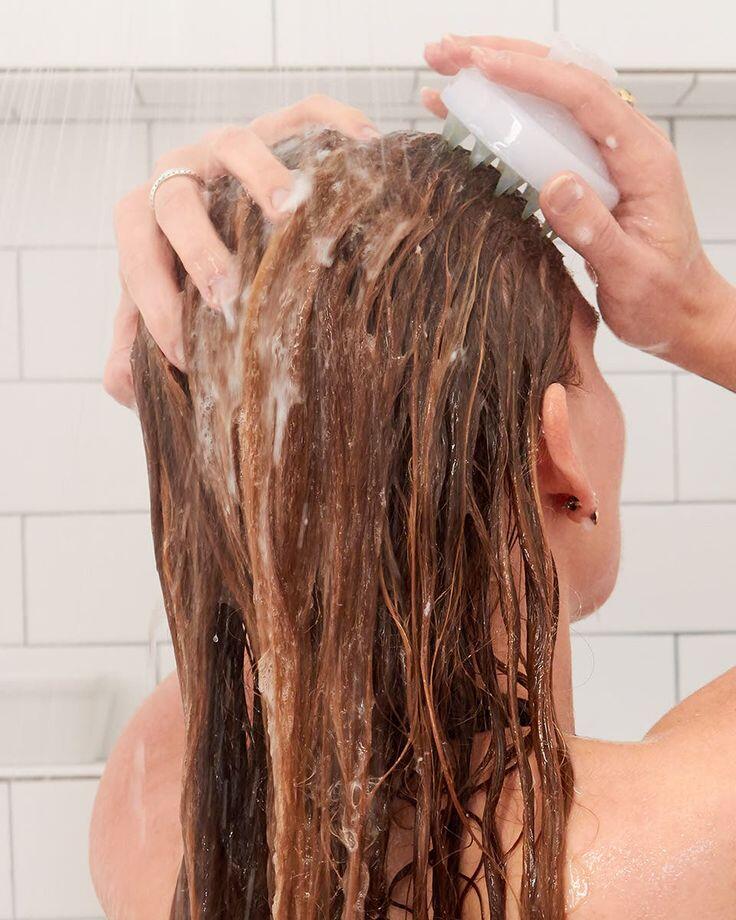
This gentle massage technique not only effectively cleanses the hair and scalp but also stimulates blood flow, nourishing the hair follicles for stronger, healthier hair.
Rinse thoroughly, especially at the nape of your neck
After shampooing, take your time to thoroughly rinse your hair and scalp. This step ensures that no shampoo residue is left behind, as it can lead to hair loss, dandruff, and itching. Japanese women often tilt their heads forward to let the water flow from the nape of their neck down to the ends of their hair, ensuring a complete rinse.
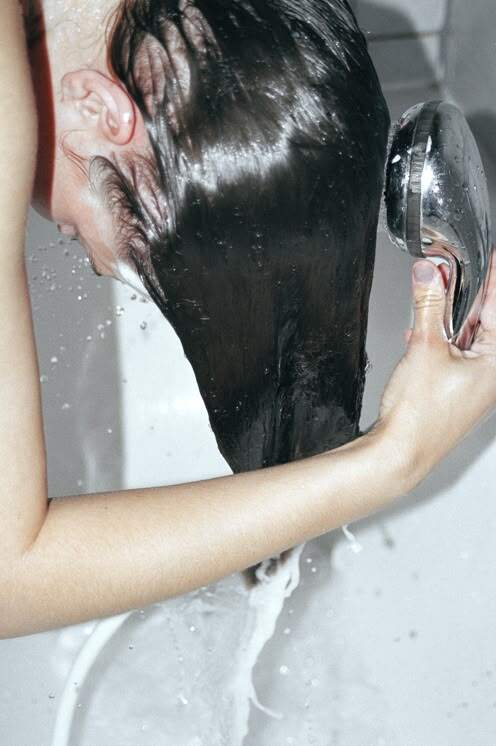
Tilting your head forward while rinsing ensures that shampoo and conditioner are thoroughly removed.
This technique is highly recommended by hair experts as it not only ensures a thorough rinse but also prevents conditioner from coming into contact with the scalp, which can cause buildup and weigh down the hair.
VIDEO: TikToker Happi Phạm, known for her impressive hair, also favors this hair washing technique.
Dry your hair within 5 minutes after washing
Leaving your hair wet for extended periods, especially sleeping with damp hair, can promote the growth of mold and cause scalp inflammation. Japanese women are meticulous about drying their hair, usually patting it with a clean towel until it’s slightly damp, and then drying it with a blow dryer within 5 minutes.
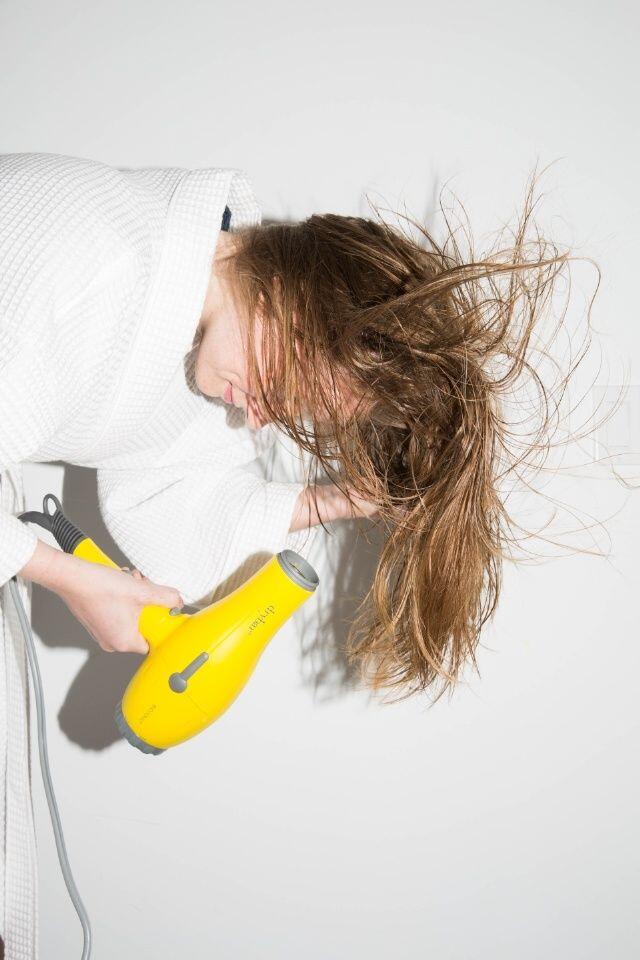
Avoid leaving your hair damp for too long or sleeping with wet hair to prevent mold growth.
When blow-drying, use a gentle airflow setting and keep the dryer at least 6–8 inches away from your scalp to avoid heat damage. Do not concentrate the heat on one spot for too long, as this can cause breakage and split ends.






































